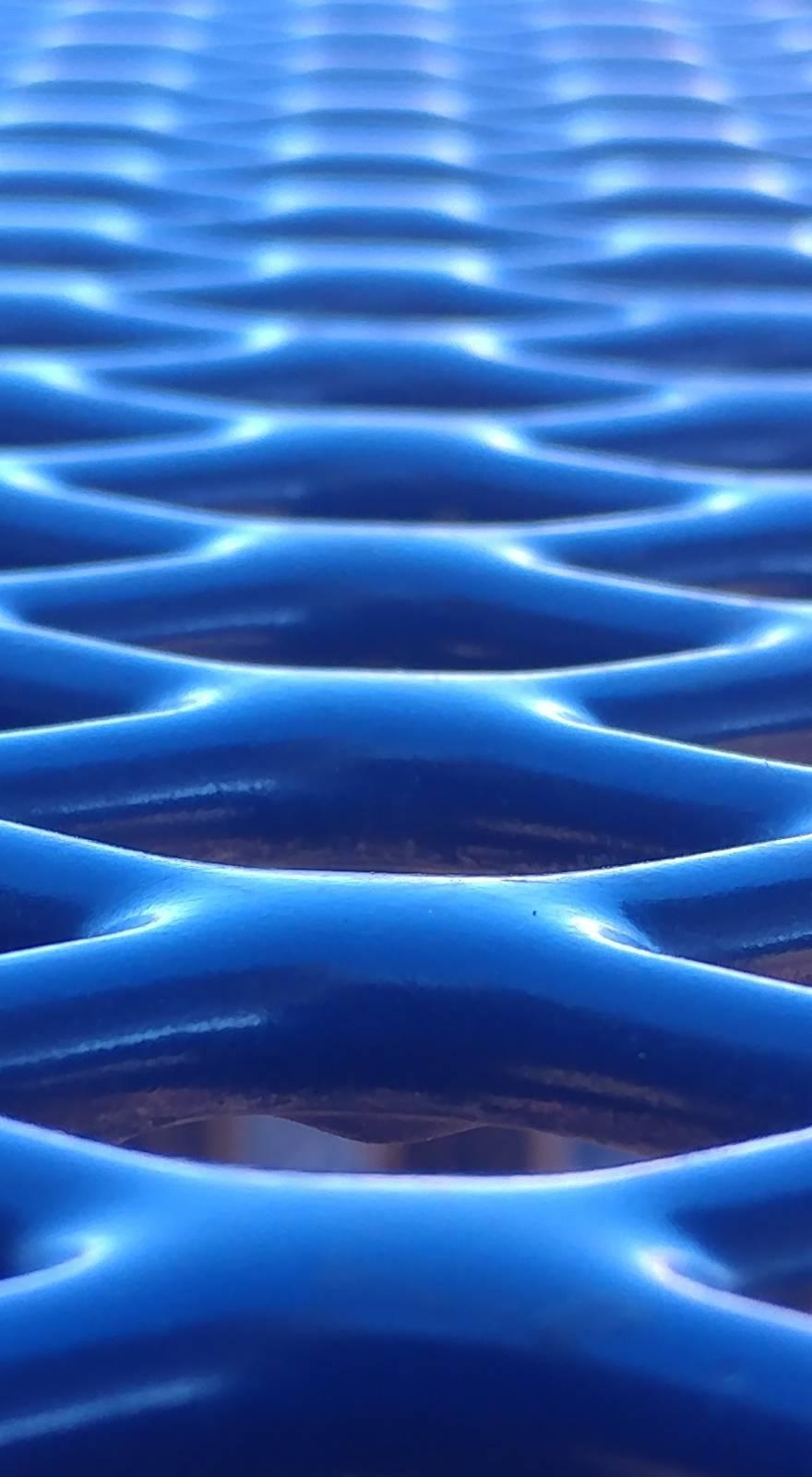Knowde Enhanced TDS
Identification & Functionality
- Chemical Family
- Polymer Name
- Technologies
- Product Families
Features & Benefits
- Materials Features
- At The Core
- Advanced FDM Technology FDM (fused deposition modeling) technology works with engineering-grade thermoplastics to build strong, longlasting and dimensionally stable parts with the best accuracy and repeatability of any 3D printing technology. These parts are tough enough to be used as advanced conceptual models, functional prototypes, manufacturing tools and production parts.
- Meet production demands FDM systems are as versatile and durable as the parts they produce. Advanced FDM 3D Printers boast the largest build envelopes and material capacities in their class, delivering longer, uninterrupted build times, bigger parts and higher quantities than other additive manufacturing systems, delivering high throughput, duty cycles and utilization rates.
- Opening the way for new possibilities FDM 3D Printers streamline processes from design through manufacturing, reducing costs and eliminating traditional barriers along the way. Industries can cut lead times and costs, products turn out better and get to market faster.
- No special facilities needed FDM 3D Printers are easy to operate and maintain compared to other additive fabrication systems because there are no messy powders or resins to handle and contain, and no special venting is required because FDM systems don’t produce noxious fumes, chemicals or waste.
Applications & Uses
- Markets
- Applications
- Plastics & Elastomers End Uses
- Plastics & Elastomers Processing Methods
Properties
- Color
- Mechanical Properties
- Typical Properties
- Thermal Properties
- Electrical Properties
| Value | Units | Test Method / Conditions | |
| Tensile Strength (Type 1, 0.125”, 0.2”/min) | 36 | MPa | ASTM D638 |
| Tensile Modulus (Type 1, 0.125”, 0.2”/min) | 2400 | MPa | ASTM D638 |
| Tensile Elongation (Type 1, 0.125”, 0.2”/min) | 3 | % | ASTM D638 |
| Flexural Strength (Method 1, 0.05”/min) | 61 | MPa | ASTM D790 |
| Flexural Modulus (Method 1, 0.05”/min) | 2400 | MPa | ASTM D790 |
| IZOD Impact (Notched,Method A, 23°C) | 28 | J/m | ASTM D256 |
| IZOD Impact (UnNotched,Method A, 23°C) | 55 | J/m | ASTM D256 |
| Value | Units | Test Method / Conditions | |
| Specific Gravity | 1.04 | — | ASTM D792 |
| Rockwell Hardness | 109.5 | — | ASTM D785 |
| Value | Units | Test Method / Conditions | |
| Heat Deflection (66 psi, 0.125” unannealed) | 96 | °C | ASTM D648 |
| Heat Deflection (264 psi, 0.125” unannealed) | 82 | °C | ASTM D648 |
| Vicat Softening Temperature (Rate B/50) | 99 | °C | ASTM D1525 |
| Glass Transition (Tg) | 108 | °C | DSC (SSYS) |
| Coeffcient of Thermal Expansion (Flow) | 8.82x10 5 | mm/mm/°C | ASTM E831 |
| Coefficient of Thermal Expansion (XFlow) | 8.46x10 5 | mm/mm/°C | ASTM E831 |
| Melting Point | Not Applicable | — | — |
| Value | Units | Test Method / Conditions | |
| Volume Resistivity | 3.0x10^9 - 4.0x10^10 | Ohm-cm | ASTM D257 |
| Surface Resistance | 106 - 109 | ohms | ASTM D257 |
Regulatory & Compliance
- Certifications
- ISO 9001:2015
- AS 9100:2016
- Controlled Goods Program
Packaging & Availability
- Availability
SYSTEM AVAILABILITY LAYER THICKNESS CAPABILITY SUPPORT STRUCTURE AVAILABLE COLORS
Fortus 380mc™ 0.010 inch (0.254 mm) Soluble Supports Black Fortus 450mc™ 0.007 inch (0.178 mm)
- - Fortus 900mc™ - - -

